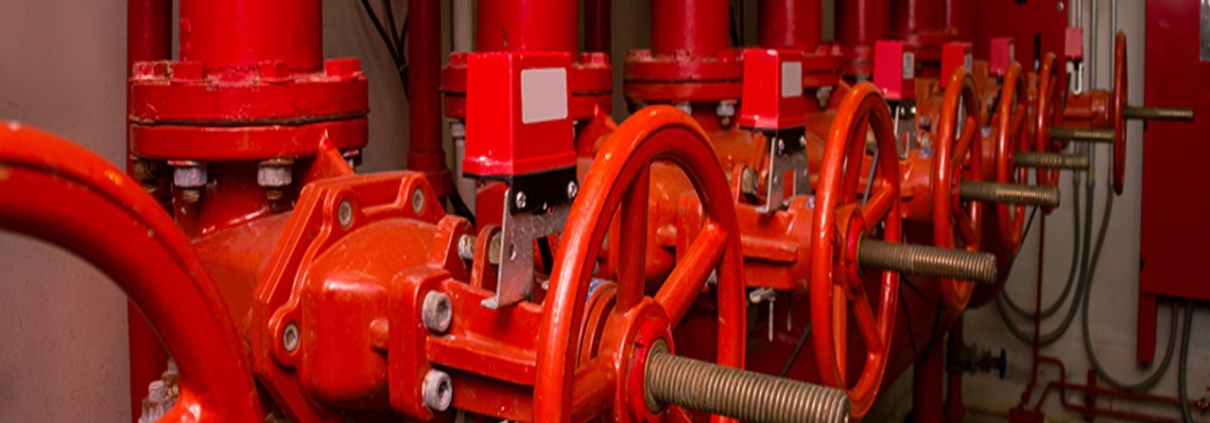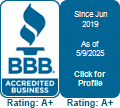Effective January 1, 2012, The Fire Department of New York City adopted The National Fire Protection Association’s Standard #25. This standard significantly impacts and changes the requirements for inspecting and testing of all sprinkler systems in all facilities throughout the five boroughs of New York City.
The National Fire Protection Association (NFPA) is a highly trusted, not-for-profit organization that is recognized as a leading information and knowledge resource for fire, electrical and life safety hazards.
NFPA Standard # 25 identifies and governs the inspection, testing and maintenance requirements of water-based fire sprinkler systems.
The inspection, testing, and maintenance regiment of NFPA 25 will inform property owners and/or their tenants about the readiness and integrity of the fire sprinkler systems throughout their facilities.
The importance of timely/regular inspections:
To ensure that fire sprinkler systems are working and tested properly, NFPA 25 provides a suggested timeline and frequency to perform the specific requirements.
It is essential to follow the requirements of monthly, quarterly and annual inspections and testing.
Although
the monthly inspection is usually a visual inspection, quarterly and annual
frequencies require more thorough and detailed testing requirements. The inspection requirements vary according
to the particular system(s) within a facility and the following paragraphs are
summaries based upon the NFPA 25 standard recommendations.
Monthly Visual Inspections:
Monthly visual inspections standardized by NFPA 25 provide immediate visible confirmation if the sprinkler system is in good, working condition. The most important tasks to perform during a visual inspection are:
1. Inspection of all control valves only equipped with locks and/or supervised tamper switches.
2. Inspection of all gauges (wet, dry, pre-action, deluge systems)
3. Inspection of all alarm valves
4. Inspection of all dry pipe valves and their heated enclosures
5. Inspection of spare sprinkler heads and spare wrench
6. Inspection of fire department connections.
7. Inspection of the backflow device
8. Inspection of the booster pump and jockey pump
The visual inspection acts as a baseline indicator for property
owners or building engineers to estimate the functionality of their sprinkler
system. NFPA25 describes this
inspection as a visual assessment to make sure that there are no visible problems
with the system and it is reliable with no visible, physical damage.
Quarterly Tests and Inspections:
Quarterly tests and inspections standardized by NFPA 25 include the monthly visual inspection(s) identified above as well as the important tasks identified below:
- Examination of the control valves to confirm they meet the following requirements:
- The valves must be in their original position, open or closed.
- The valves should be correctly secured, protected and monitored
- The valves should be accessible and reachable with no external leakage
- Alarm valves including the retard chambers and drains should be leak-free.
- The valves should show no physical damages
- The valves are suitably tagged and identified
- Pressure reducing valves are maintaining the downstream pressure as per design criteria.
- All wheel handles are in good condition.
- Examination of all the gauges of the sprinkler and confirm they meet the following requirements:
- Wet sprinkler systems: Confirm that all gauges are in excellent condition and the pressure from the water supply is also sufficient.
- Dry Sprinkler systems: Confirm that all gauges are in excellent condition and that there is accurate pressure on the supply side of the dry pipe valve as well as on the quick-opening device, where applicable.
- Mechanical water-flow alarm devices must be free from any physical damage and tested through the appropriate test connection with alarms actuating and flow being observed.
- Hydraulic nameplates for calculated systems are securely attached to the riser and legible.
- Fire department connection(s) are visible, accessible, not damaged with plugs, gaskets in place and in good condition with identifying sign(s) in place and lower check valves are not leaking with automatic ball-drips in place.
- Post indicating valves need to be opened/closed accordingly.
- Priming levels and quick opening devices on dry pipe systems are tested accordingly.
- Main drain tests for systems downstream of backflow devices are performed recording both static and residual pressures.
Annual Test and Inspections:
Annual tests and inspections standardized by NFPA 25 include the monthly and quarterly regiment identified above as well as the important tasks identified below:
- Inspection of the hangers, piping and fittings throughout the building where accessible
- Confirm that the visible sprinkler heads are free of corrosion, free of physical damage, free of obstruction to the spray pattern and free of foreign materials including paint.
- Confirm that there is adequate sprinkler protection throughout the facility where access is granted.
- Operate each sprinkler control valve by closing and then restoring it to the fire ready position.
- Perform annual dry-pipe trip test for dry systems.
- Drain and blow out all low-point drumdrips on dry systems.
- Perform full-flow fire pump test(s) (if pumps exist)
- Confirm adequate heat is provided, as necessary.
- Perform an internal obstruction assessment – every 5th year.
- Lastly, examine the water flow in the water supply pipes and check if there is any change in its condition.
Conclusion
Fire sprinkler systems save lives and property! The regular, timely inspections and testing of such systems as per NFPA 25 will provide building owners, tenants and firefighting personnel the utmost confidence that the sprinkler systems installed throughout the City of New York will function as designed.
NFPA 25 is regularly being enforced by the FDNY and in order to avoid any violations, please contact Allstate Sprinkler Corporation to perform these mandated inspections and ensure that you are compliant with the governing laws of New York City.



Leave a Reply
Want to join the discussion?Feel free to contribute!